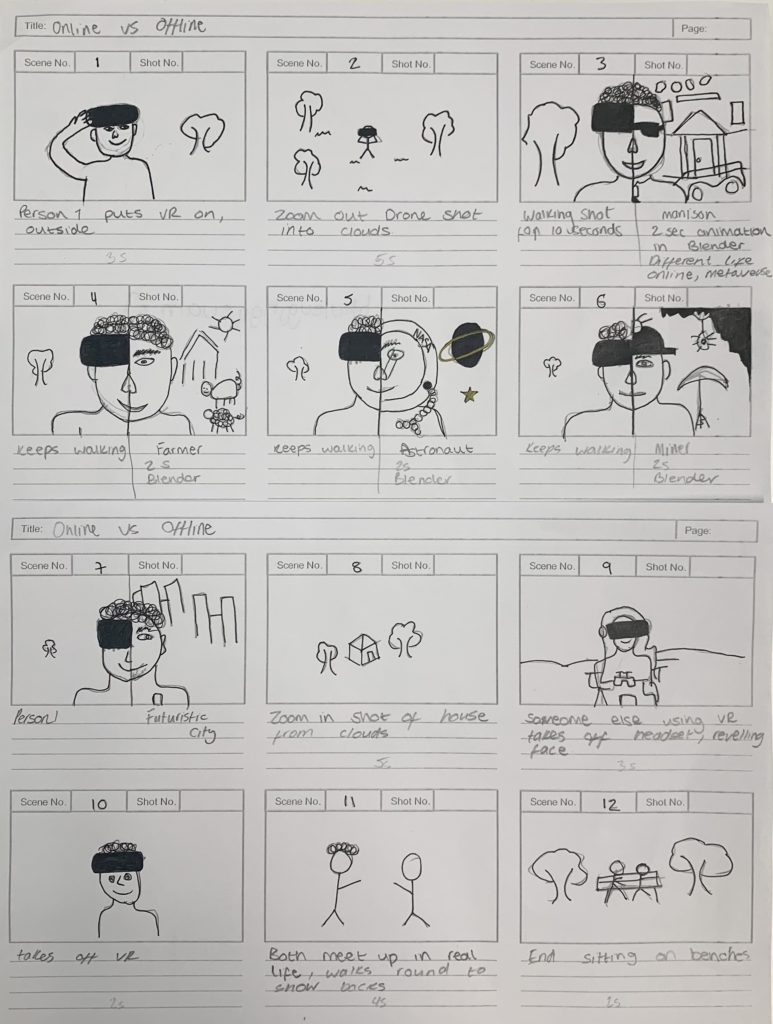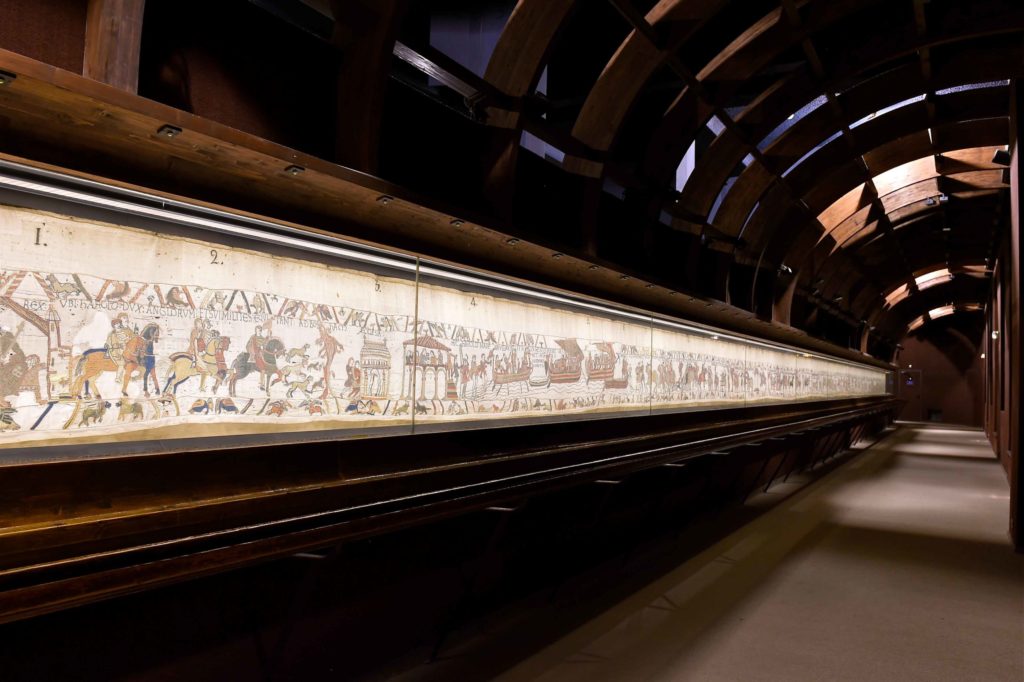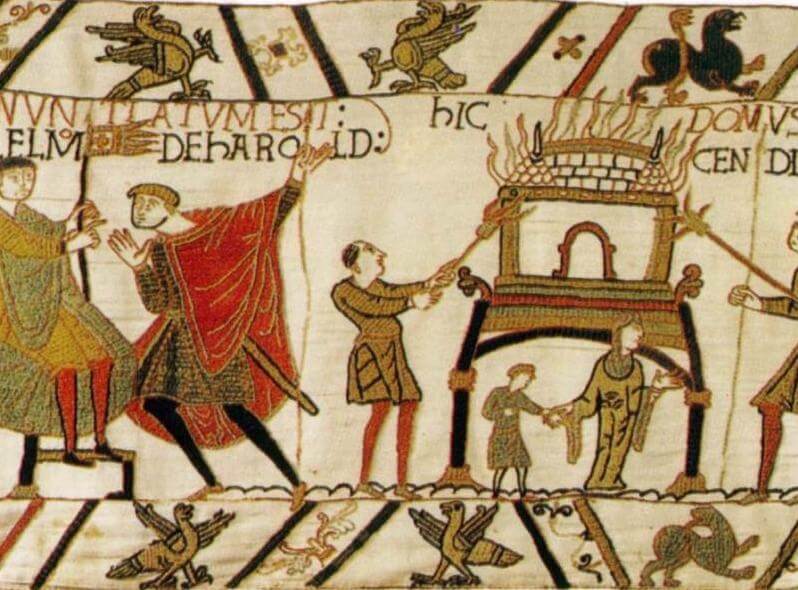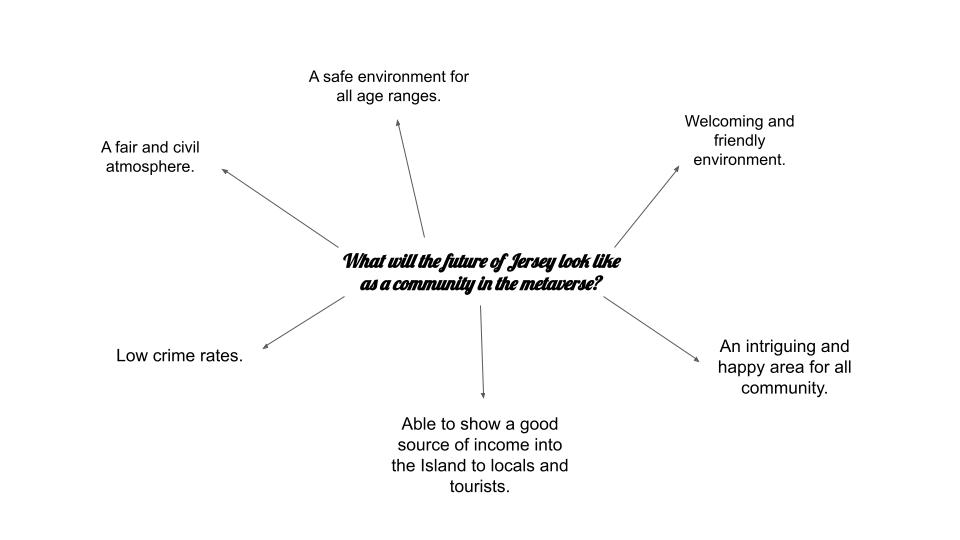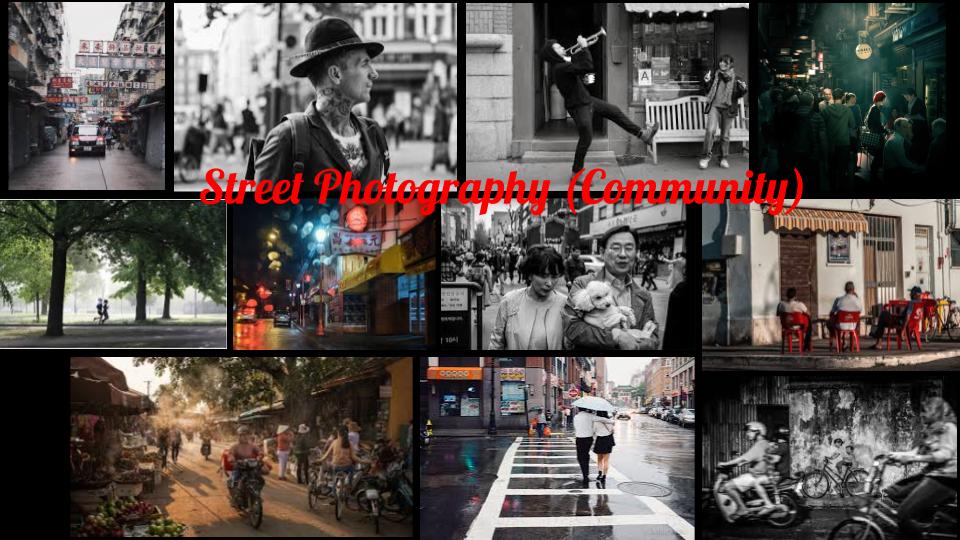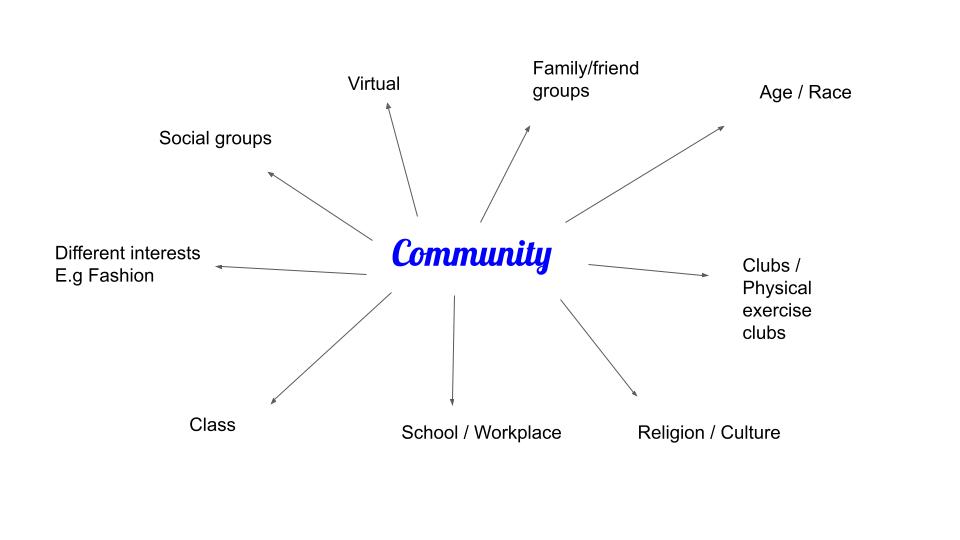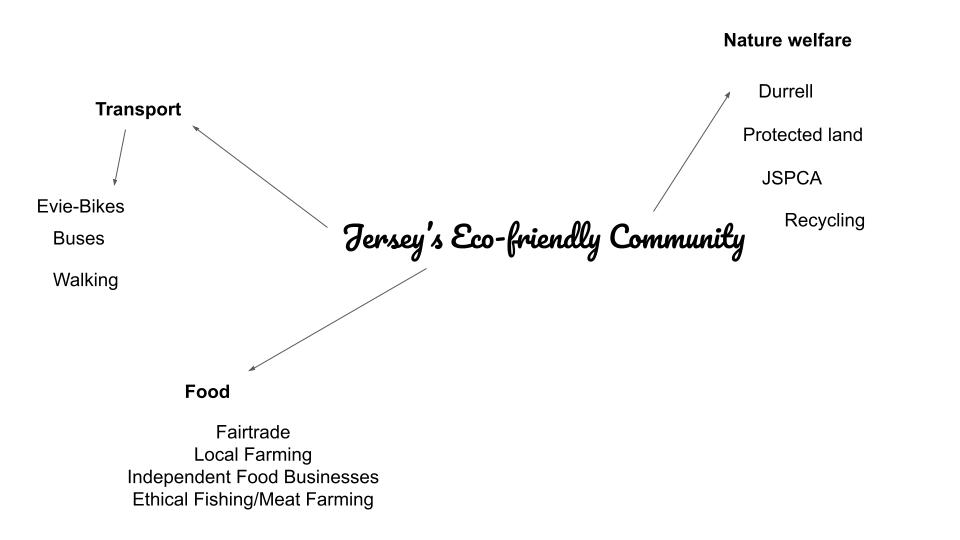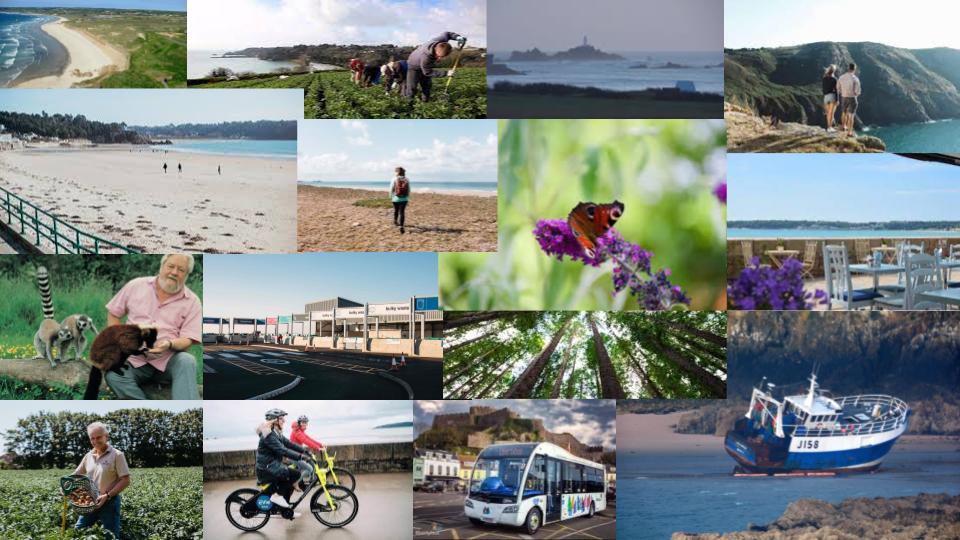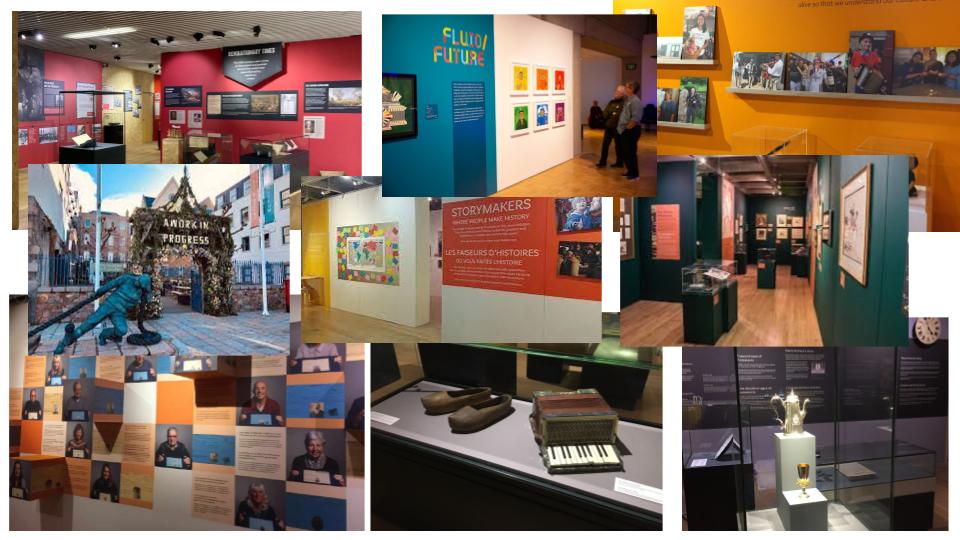What is a NFT?
A NFT also known as a non-fungible token is a unit of data stored on a blockchain which is a unique certificate of ownership of one specific piece of data. NFT’s can be used to represent items such as photos, videos, audio and other types of file.

History of NFTS
The idea of an NFT was first thought up in 2012-13 and started as a coloured coin issued on the same blockchain as Bitcoin. Coloured coins represent real life assets and can prove ownership of something.
The first NFT was created by a man called Kevin McCoy on the 3rd of May 2014 and called it “Quantum”. Quantum is a octagonal shape filled with moving circles creating pulsating and hypnotic hues. It is still a one of a kind art piece and is worth roughly 7 million dollars.

What is Digital Art?
Digital art is an artistic work that uses digital technology as part of the creative presentation process. It is also called multimedia art and links to the larger label of media art. Digital art is a very good example of how modern art can be represented. It is a very powerful form of art and utilises modern techniques.

History of Digital Art
The first use of “Digital Art” was used in the early 1980’s after computer engineers developed a paint program which was used by the pioneering digital artist Harold Cohen. This program was known as AARON.
Digital art can be computer generated, drawn and scanned or made with a computer. In the 1990’s video had the ability to now be downloaded onto a computer allowing artists to manipulate video and still images. They could now cut and paste creating collages and mash ups of images.


